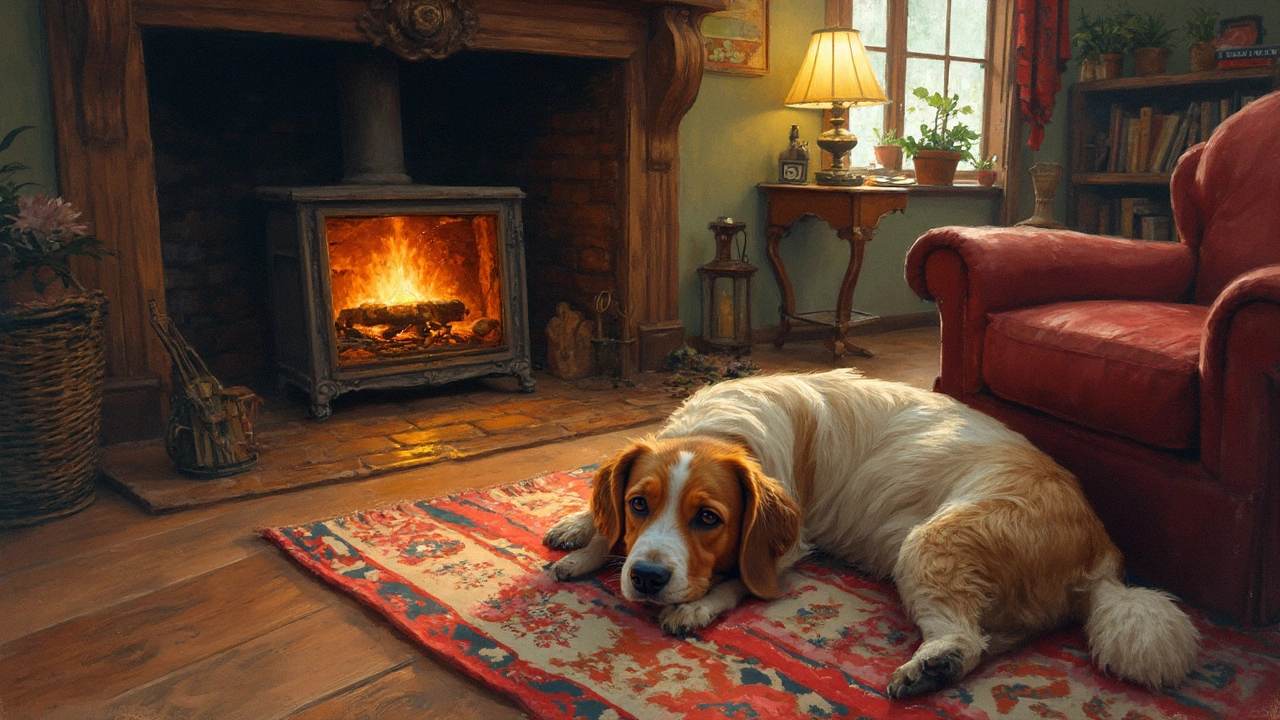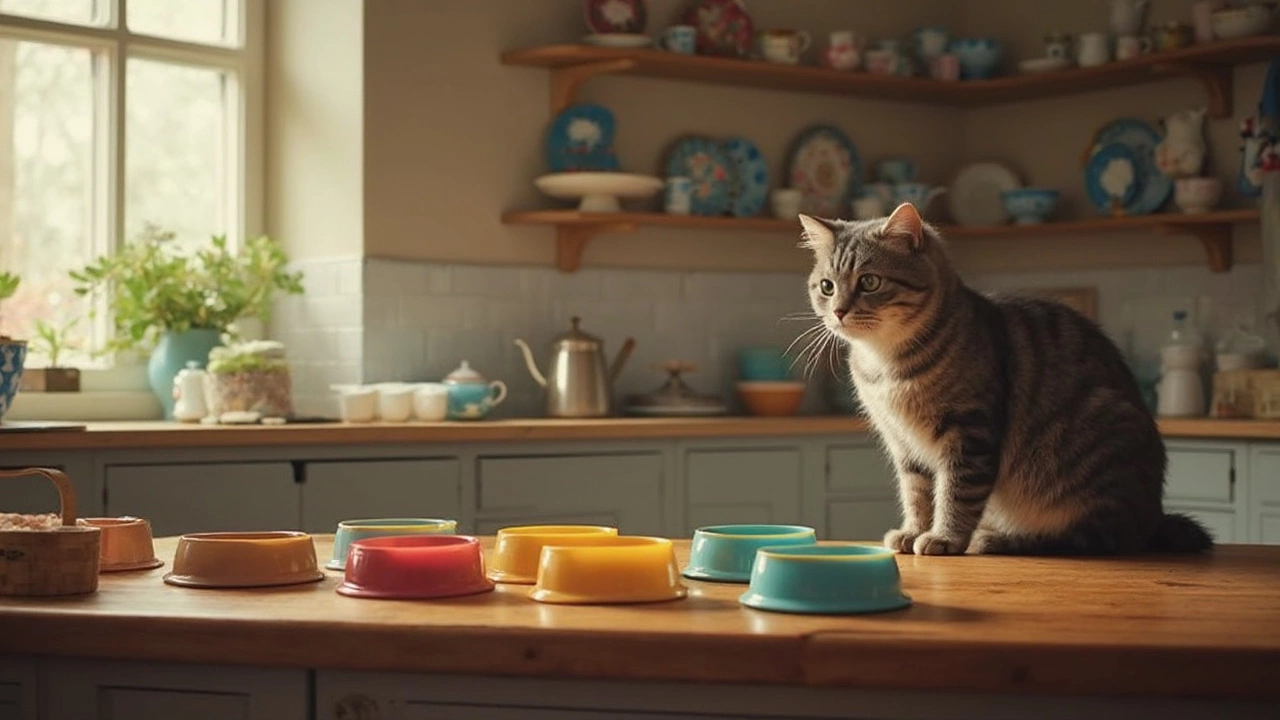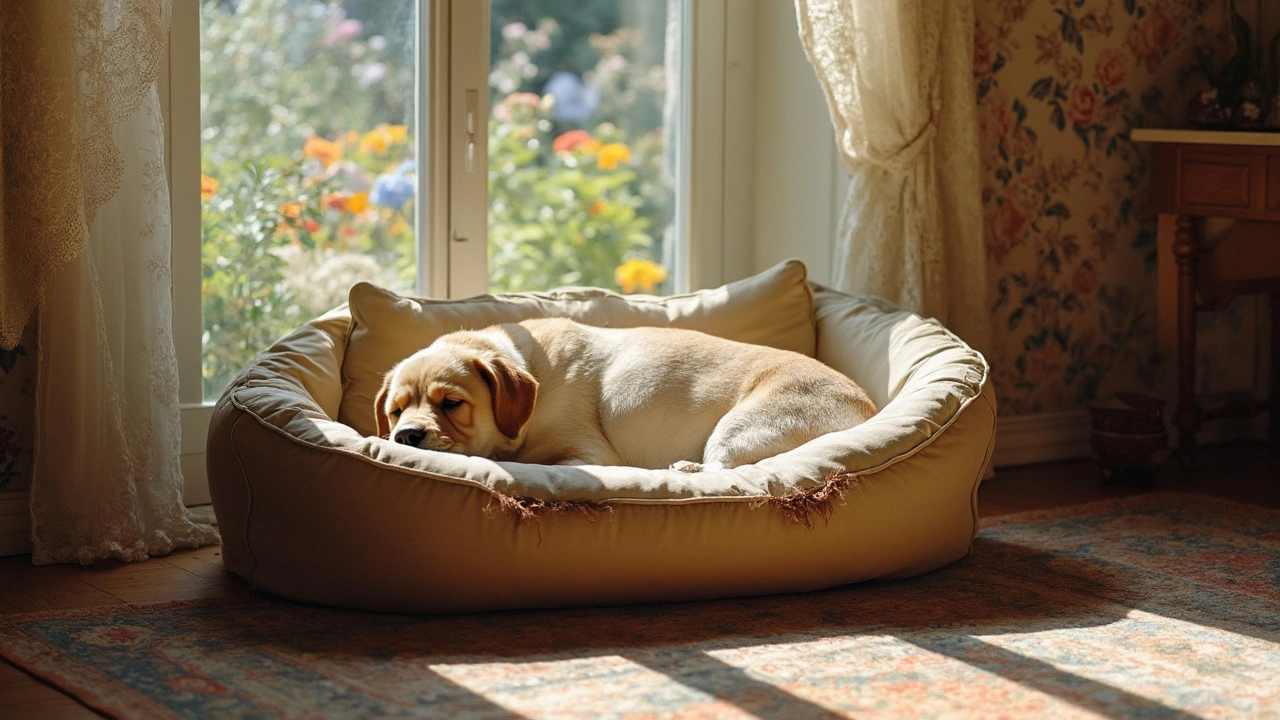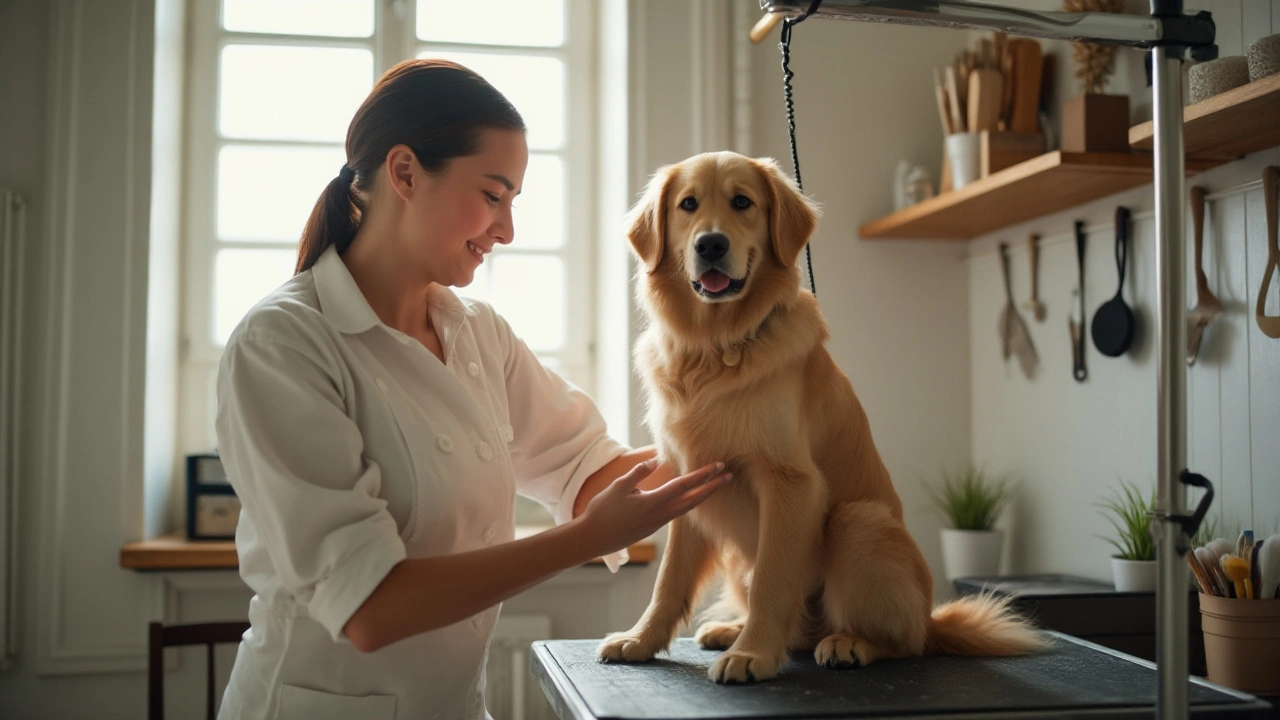Pet Care Tips: Keep Your Dogs and Cats Happy and Healthy
Owning a pet feels like having a family member who can’t speak but still lets you know when something’s wrong. The best way to keep that family member thriving is by handling everyday needs with a little planning and common sense. Below you’ll find straightforward tips that work for most dogs and cats, no matter if you’re a first‑time owner or have years of experience.
Everyday Essentials for Dogs and Cats
Start with food. Pick a diet that matches your pet’s life stage – puppy, adult, or senior – and stick to the recommended portion size. Over‑feeding is a hidden danger that leads to weight gain and joint issues. When you’re unsure about a brand, look for an AAFCO statement on the label; it means the food meets basic nutritional standards.
Water is next. Fresh water should be available at all times, especially in hot weather. Many owners forget to change it often enough, so set a reminder to refill the bowl twice a day.
Exercise isn’t just a walk in the park. For dogs, a mix of short walks, play fetch, and some mental puzzles keeps muscles and minds sharp. Cats love short bursts of activity; a feather wand or a laser pointer can satisfy their hunting instinct and prevent furniture damage.
Regular grooming reduces shedding, controls parasites, and strengthens the bond between you and your pet. A quick brush once a week is enough for most breeds, but double‑coat dogs may need daily attention. Check ears for wax buildup and trim nails when they click on the floor.
Vaccinations and vet visits are non‑negotiable. A yearly health check catches problems early, and core vaccines protect against deadly diseases. Keep a pet health journal – note any changes in appetite, behavior, or bathroom habits, and share it with your vet.
Special Situations: Travel, Grooming, and Nutrition
Planning to fly? Choose a TSA‑approved carrier that fits under the seat and lets your pet stand, turn around, and lie down. Pack a travel kit with a small water bowl, a familiar blanket, and any calming aid your vet recommends.
If your dog pulls on walks, a no‑pull harness can make a big difference. Pair the gear with short, consistent training sessions; reward calm walking with treats and praise.
Concerned about specific foods? Greek yogurt is safe in small amounts and can aid digestion, while pumpkin helps with both constipation and diarrhea. Always introduce new treats slowly and watch for side effects.
When your puppy reaches the age of about a year, it’s time to switch to adult food. Look for a formula that maintains protein levels and adds joint‑support nutrients like glucosamine. Gradually blend the new food with the old over a week to avoid stomach upset.
Finally, create a safe sleeping spot. Dogs often prefer a crate or a dedicated bed, while some cats love a high perch. Respect their choice; a comfortable rest area reduces stress and improves overall health.
Good pet care is a collection of small habits that add up to a long, happy life for your companion. Use these tips as a checklist, adjust them to fit your pet’s personality, and enjoy the easy moments that come with a well‑cared‑for dog or cat.
Does Sleeping With Your Dog Cause Separation Anxiety? What Science Says
Uncover whether letting your dog sleep in your bed truly causes separation anxiety, and get science-backed advice to keep your furry friend happy.
Is Sleeping on the Floor Bad for Dogs? Uncover the Truth About Your Furry Friend's Comfort
Wondering if letting your dog sleep on the floor is harmful? This article dives into the comfort, health implications, and suitable solutions for your pet's sleeping habits. Understand when floor sleeping is acceptable and when to consider alternatives to ensure your furry friend's well-being. Get practical tips on spotting discomfort and making your pet's sleeping arrangement cozy. Gain insight to make informed choices about your dog's sleepy-time needs.
How Many Times a Day Should You Feed a Cat?
Feeding your cat the right amount and at the right intervals is crucial for their health. Unlike dogs, cats often prefer several small meals throughout the day. Understanding their feeding needs, along with age and lifestyle factors, can ensure they live a healthy life. This article offers practical insights and tips for proper feeding schedules.
Should You Take Your Dog's Collar Off at Night?
Ever wonder if it's better to let your pup sleep without a collar? This article dives into why you might want to give your dog a break from their collar at night, weighing the pros and cons. We explore nighttime safety, comfort, and even some surprising facts that might change how you see your dog's bedtime routine. Discover practical tips to keep your furry friend comfortable and secure without compromising safety.
When to Throw Out a Dog Bed: Signs It's Time for a Change
Is it time to say goodbye to your dog’s bed? Spotting the signs can be crucial for your pet's comfort and health. From visible wear and tear to unwanted odors, several factors help determine when a dog bed should be replaced. Understanding these signs ensures your four-legged friend enjoys a clean and cozy space. Discover practical tips on recognizing when your pup’s bed has seen better days.
The Art of Dog Restraint in Grooming: Techniques and Insights
Dog grooming requires more than just a brush and scissors; it involves techniques to safely and humanely restrain dogs to ensure both the dog's and the groomer's safety. This article explores the common methods groomers use to keep dogs still, the reasons behind each technique, and how they maintain a stress-free environment. Readers will gain insights into professional approaches and tips to try at home for a smooth grooming experience.





